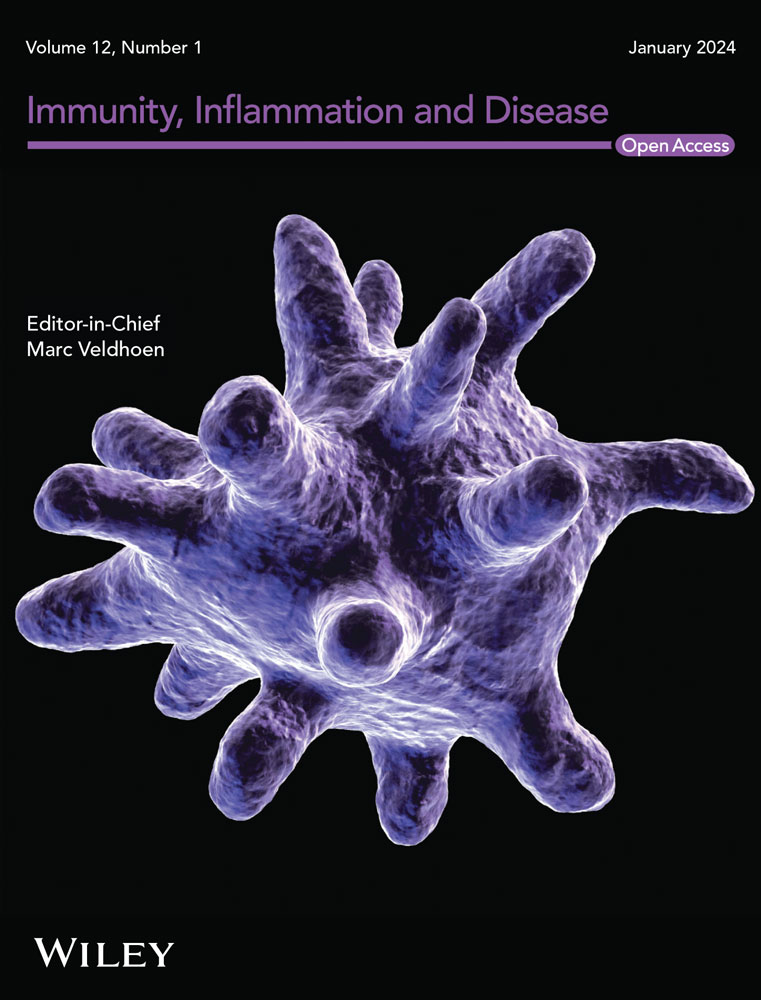Role of P2X7R in Retinal Diseases: A Review
Abstract
Background
P2X purinoceptor 7 receptor (P2X7R) is an ATP-gated ion channel that, upon activation by ATP, triggers the release of inflammatory mediators and induces apoptosis in cells. This channel plays a crucial role in the onset and progression of various diseases. Recently, there has been a growing body of research focused on the function of P2X7R receptors in ophthalmic conditions, particularly concerning retinal diseases such as age-related macular degeneration, diabetic retinopathy, and retinitis pigmentosa.
Objective
This article is to provide a comprehensive review of the advancements in the study of P2X7R and its association with retinal diseases, elucidating its role in these conditions and identifying potential avenues for future research.
Methods
Electronic databases, including PubMed, Web of Science, and Wan fang Data were searched for relevant literature. The following keywords were used: “P2X7R”, Age-related macular degeneration”, “Diabetic retinopathy”, “Retinitis pigmentosa”. Both preclinical and clinical studies were included to provide a holistic understanding of P2X7R's role in retinal pathology.
Results
P2X7R activation exacerbates retinal diseases by promoting inflammation and apoptosis. However, its role in disease progression and homeostasis complicates therapeutic targeting, highlighting the need for selective inhibitors and further research into its context-dependent functions.
Conclusion
P2X7R plays a critical role in the pathogenesis of retinal diseases. At the same time, preclinical studies suggest that P2X7R inhibition holds promise as a therapeutic strategy. Future research should focus on developing selective P2X7R inhibitors, elucidating the receptor's role in different disease stages, and identifying biomarkers to guide personalized treatment. Addressing these challenges will be essential for translating P2X7R-targeted therapies into clinical practice and improving outcomes for patients with retinal diseases.


 求助内容:
求助内容: 应助结果提醒方式:
应助结果提醒方式:


